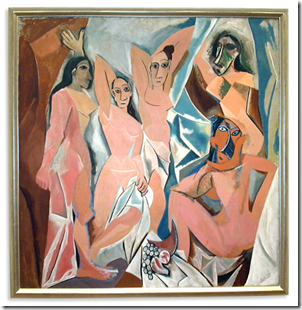Just like this trip to D.C., the new camera has been amazing. Being able to study these incredible cultural objects and archival materials, and knowing that I have ethnic ties to the communities that produced them, has been… well… transformative. That isn’t a word I use lightly and the last time I applied it to myself in the same way was when I attended a course at Pilchuck Glass School in the summer of 2008. All of my arguments about the public roles of art and design aside, if I look at the evidence, I personally feel a much stronger pull towards being an artist than pursuing a traditional design career. What does this mean? It’s too early to say. But it does give me something to focus on after graduation besides looking at grad school immediately.
Yesterday I was roaming around on the Mall with all of the tourists and found it amusing that while they were so focused on photographing the various monuments, I was more fascinated by the textures on the ground. What I love so much about the many Karuk artifacts is how much they are products of their environment, even when the materials used aren’t as traditional (i.e. thimbles and buttons on a skirt instead of shells and acorns). Having had to give these presentations that were more focused on my art, I’ve realized that the common thread passing through much of my design and artwork is related to landscapes and the natural world. Because of the time and culture I’ve been raised in, I interpret things differently than the people who made the objects I’ve been working with. But, I do feel a certain kinship in that I like paying attention to the details of my environment. And even here, in the nation’s capitol, I’m able to find these amazing landscapes just by being willing to look down at the ground beneath my feet.












